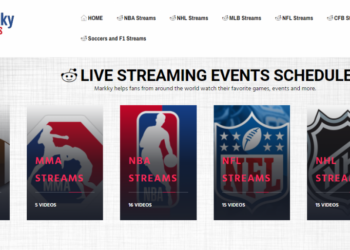If you’ve ever worked in an office, you’ve likely come across OCR Software (Optical Character Recognition Software) at some point during your tenure there – even if you weren’t aware of it. The most common use of OCR software within an office relates to document scanners, which scan and replicate the text on physical documents into digitized formats, allowing for information to be processed and shared, amongst other things.
With the evolution of technology extending to enabling the smartphones in our pockets to perform a multitude of complex functions, it’s only natural that apps have been developed that feature OCR Software for our own personal use in everyday life, expanding its use across society.
But why exactly is OCR software useful? Read on to find out!
Aiding Visually Impaired People
One of the main issues that exist with the internet and smartphones these days is the difficulty that those with visual impairments experience when trying to read information on their phones – particularly if there are certain texts or websites where the options to zoom in, enlarge text, or highlight text to make it clearer to the eye are not available (many websites are not yet designed to be widely accessible to those with difficulties or disabilities, as identified during the pandemic).
One bonus of the development of optical character recognition software is that it can be used to scan impossible-to-read text, decipher it, and enlarge it for reading, which makes websites and online information much more accessible to a wider range of people. Neat, huh?
Illuminating the Past
With handwritten or printed documents, such as old copies of newspapers and important documents, OCR software allows for the text to be scanned and imported onto a device, creating a digitized version of the information that can be consumed by people.
This is particularly useful in the case of historical texts and artifacts, as it allows for the information produced there to be recreated in a way that allows it to be easily read, assessed, and deduced by historians.
Business-Minded
With OCR software-based apps, smart devices are equipped with an OCR scanner can read any alphanumeric code, no matter the text size or color – this includes barcodes, as well as text.
In the retail, transport, and healthcare spheres, the software has multiple uses, including scanning barcodes or accompanying text on retail packages to prevent delays or identify the supply chain, recognizing Vehicle Identification numbers, and identifying certain pharmaceutical products via their text and barcodes. These capabilities make it incredibly useful across the vast majority of businesses, helping to reduce time and money spent on the aforementioned activities.
Data Entry and Indexing
With the ability to scan and process data, OCR software allows for the rapid collection of large data sets, without the need for humans to input the data themselves, reducing the inevitable discrepancies caused by human error in data collection.
It also speeds up the process of reading and analyzing the text included on the millions of website pages in existence for search engines, meaning that simply typing in a few keywords or questions into your browser elicits a list featuring several related webpages with these terms in a matter of milliseconds.
So, if you didn’t know what OCR Software was and how it was useful in society before, hopefully, you have a better understanding now – and might start considering how you can use it to benefit you!






